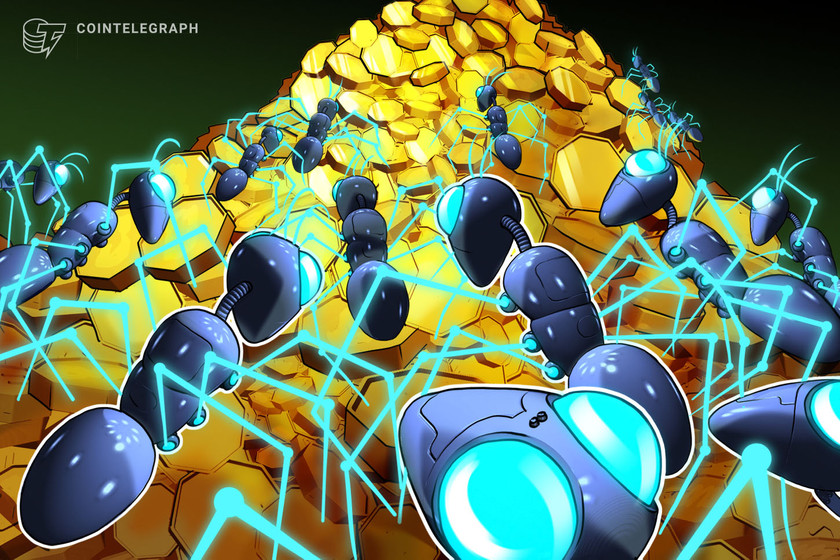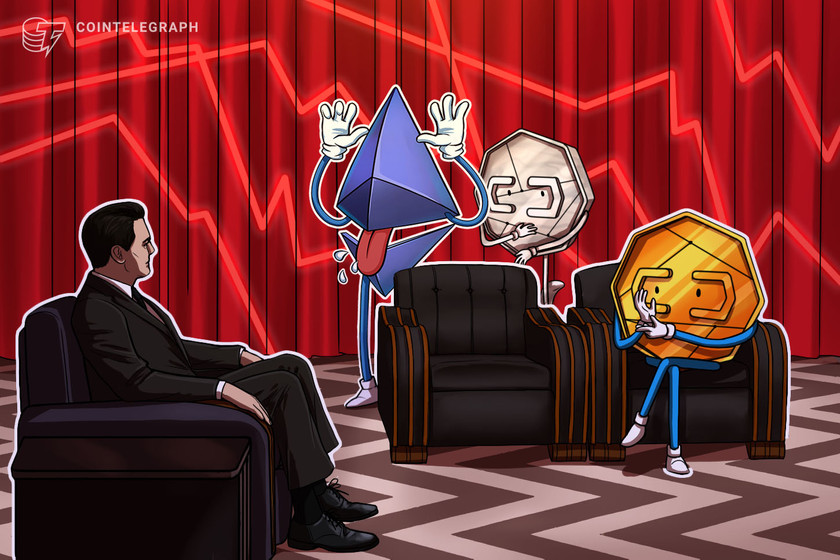BNB Chain on-chain activity bucks bear market downtrend in Q4: Messari


Average daily addresses on the Binance blockchain network grew by 30% year-on-year in Q4.
The Binance-native blockchain BNB Chain continued to show steady activity growth in the fourth quarter of last year despite the broader crypto bear market, according to recent research.
In a “State of BNB Chain Q4 2022” report published on Feb. 5, Messari researcher James Trautman revealed that the Binance network had continued with an “aggressive strategy to deploy financial and human capital across its ecosystem.”
Due to these ongoing updates and developments, average daily active addresses and transactions “bucked a downward trend and grew by 30% and 0.2%, respectively,” the researcher noted.


Bear markets are usually quiet periods in terms of on-chain activity, however, teams use this time to continue building and developing their products.
Trautman wrote that while “2022 was a tumultuous year for the crypto industry,” BNB Chain “lived up to its Build N’ Build name with network upgrades and ecosystem expansion that showed considerable strength through Q4.”
BscScan reports that daily transactions on BNB Chain have remained steady at around 3 million since mid-August. However, daily BEP-20 token transfers have seen an uptick in activity this year, with a 66% increase to just over 5 million on Feb. 5.
BNB Smart Chain unique addresses are currently at an all-time high of 250 million, according to BscScan. Average daily new unique addresses grew by 41.3% year-on-year.
Messari attributed the growth to the adoption of several ecosystem protocols such as Web3 onboarding protocol Hooked, a surge of DeFi activity on Venus Protocol and increased NFT activity on the OpenSea marketplace.
Meanwhile, BNB Chain DeFi total value locked has increased by 25% since the beginning of the year to reach $6.62 billion, according to DeFiLlama.
“BNB Chain executed a growth strategy that facilitated significant strides toward adoption. It made several upgrades to core functionality, integrated with strategic partners, and expanded into DeFi, NFTs, GameFi, and beyond,” said Trautman.
Related: Binance delves into decentralized Web3 storage with BNB Greenfield
However, despite the uptick in user activity, financial performance was down. Average transaction fees decreased, which contributed to less revenue generation, it noted.
Network revenue declined 10% for the quarter but Messari stated that the fundamentals were still positive, concluding that:
“Ultimately, it was a positive sign that the catalysts for user growth came on the heels of a foundational user base and a more favorable valuation for BNB Chain’s network, especially after the FTX drama unfolded during Q4.”
Looking ahead, Trautman said that he expects BNB Chain to be able to continue its growth, including adding scaling solutions and boosting throughput.
The BNB Chain’s native token, BNB, has dropped 1.2% over the past 24 hours, falling to $326, according to Cointelegraph. The token has gained 25% over the past month but remains down 52.5% from its May 2021 all-time high of $686.














